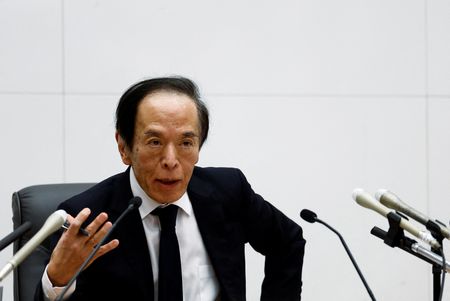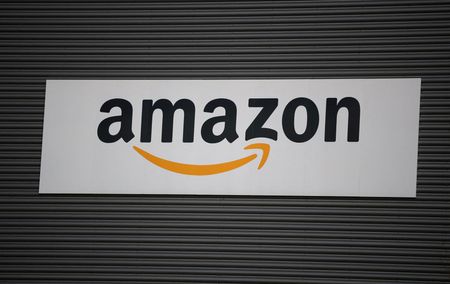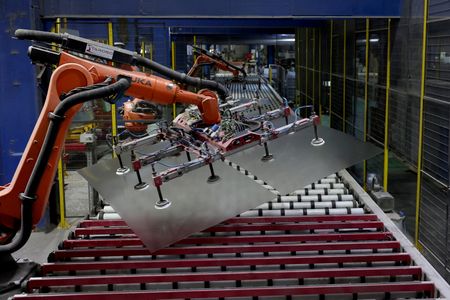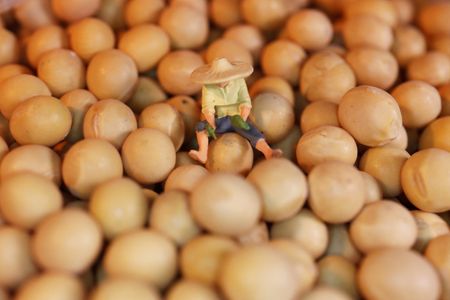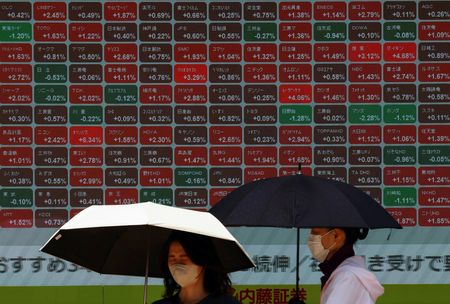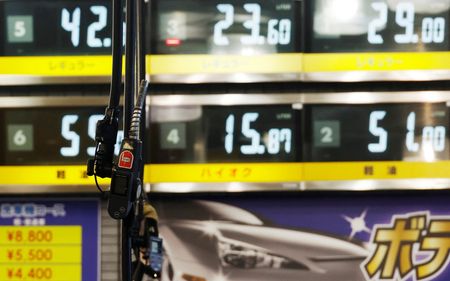By Leika Kihara
TOKYO (Reuters) -The Bank of Japan will aim to sustainably achieve 2% inflation as measured by the overall consumer price index, Governor Kazuo Ueda said on Tuesday, keeping alive market expectations of a near-term interest rate hike.
Overall consumer price index (CPI) rose 3.6% in December from a year earlier, much faster than a 3.0% gain in the core index that strips away the effect of volatile fresh food prices.
“Our aim is to have overall CPI stably move around 2% in a sustainable fashion,” Ueda told parliament.
“When we speak of underlying inflation, we exclude one-off factors from overall CPI moves. But that process at times could be difficult,” Ueda said.
Ueda’s remarks followed the BOJ’s decision last month to raise short-term interest rates to 0.5%, a level unseen in Japan for 17 years, underscoring policymakers’ conviction the economy is on course to achieve wage-driven, durable price rises.
Lingering market expectations of further rate hikes helped push up the benchmark 10-year Japanese government bond (JGB) yield by 2.5 basis points to a 14-year high of 1.27% on Tuesday.
Since introducing its 2% inflation target in 2012, the BOJ has said its long-term goal would be for overall CPI to stably move around that level.
But in gauging whether inflation will sustainably hit its target, the BOJ focuses on underlying inflation, or the broad trend of price moves that strips away one-off factors such as fuel and volatile fresh food costs.
To that extent, the BOJ produces its inflation forecasts based on core CPI, which excludes fresh food prices, and the so-called “core-core” index that also strips away fuel costs.
INFLATION RISK IN FOCUS
The difference between overall and core CPI has become politically sensitive as soaring price of rice, vegetables and fuel boost the rising cost of living for households.
The increase in December CPI was driven by a 27% spike in fresh vegetables, including the doubling of the price of cabbage, a 66% jump in the cost of rice and a 10% rise in fuel costs – factors analysts blame for keeping consumption stagnant.
Such inflationary pressure, driven in part by high import costs from a weak yen, is drawing the attention of policymakers.
In deciding on a rate hike in January, BOJ board members discussed the likelihood of raising borrowing costs further with some warning of upside inflation risks, a summary of opinions at the meeting showed on Monday.
“As the BOJ becomes more aware of upward price risks, there’s a strong chance the BOJ could decide on an additional rate hike sooner than markets expect,” said Ayako Fujita, an economist at JP Morgan Securities who predicts the central bank will hike rates again by June.
Prime Minister Shigeru Ishiba has instructed his cabinet to swiftly implement steps to give consumers relief from inflated food prices, including an unprecedented release of stockpiled rice to bring down costs.
“What households are facing now is higher inflation that is driven more by cost-push factors,” Economy Minister Ryosei Akazawa told parliament on Monday.
With an upper house election slated later this year, Ishiba’s administration is under pressure to combat rising inflation while keeping a fragile economy afloat.
In stressing their resolve to keep raising rates, BOJ officials have also said the pace of hikes will be gradual because underlying inflation – measured by various indicators to capture demand-driven price moves – remains short of its 2% target.
(Reporting by Leika Kihara; Editing by Muralikumar Anantharaman and Shri Navaratnam)

